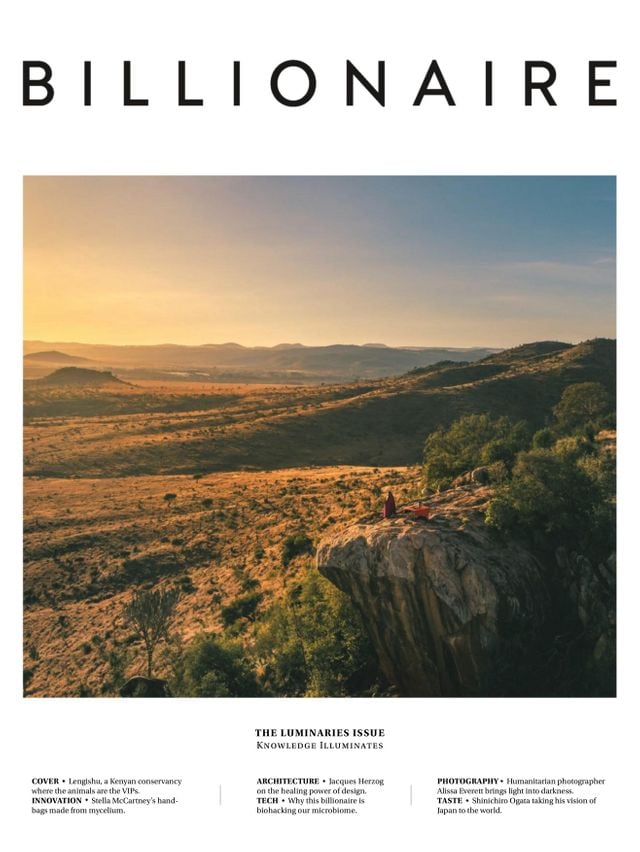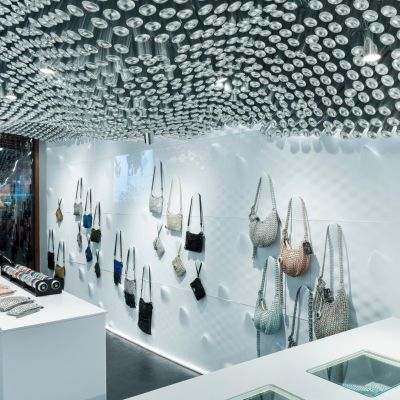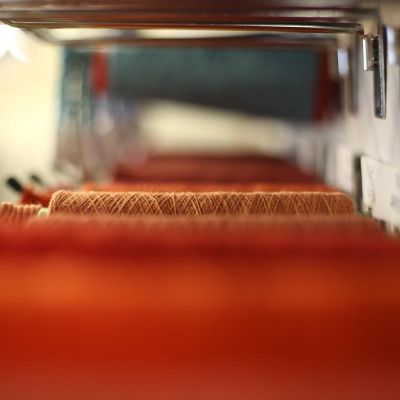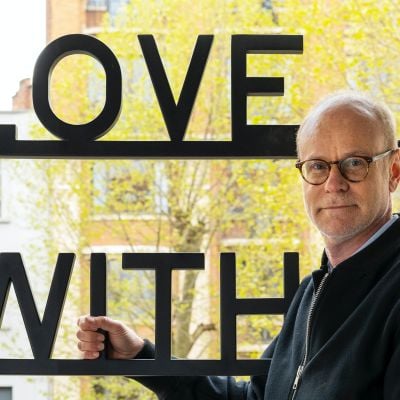Regenerative Design
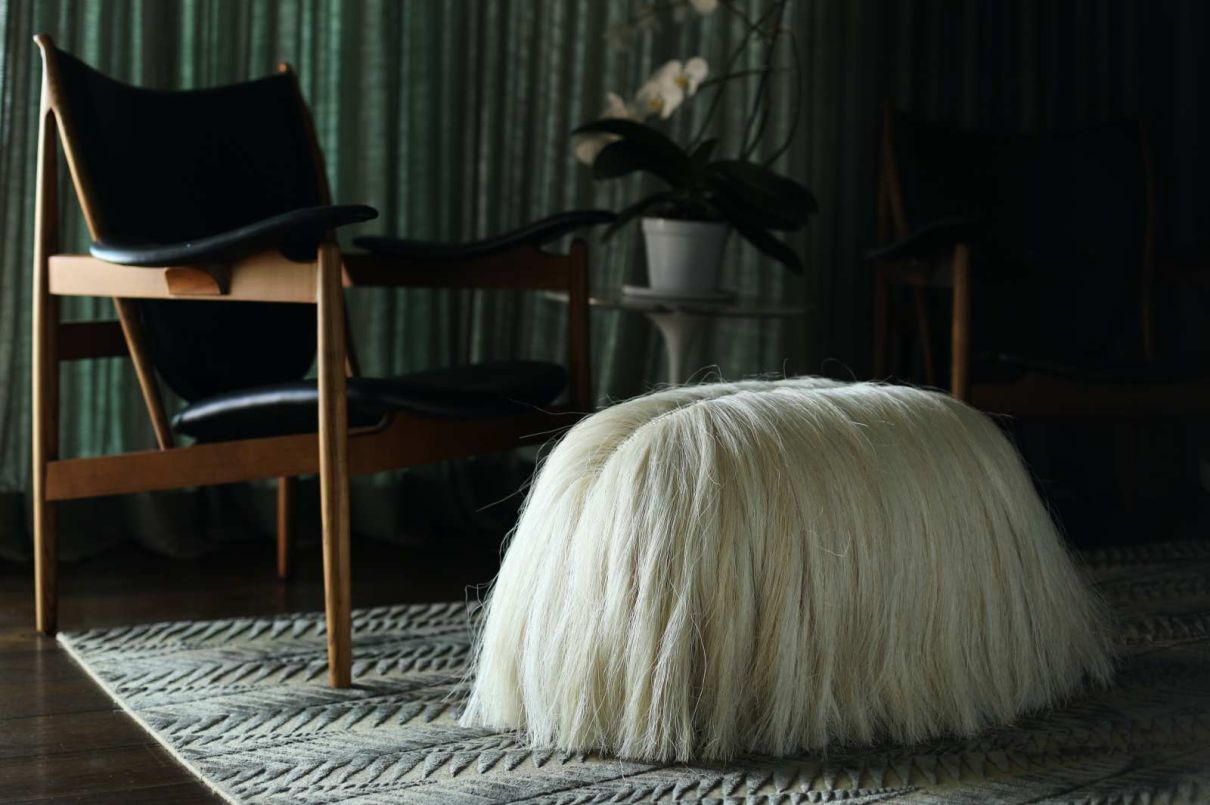
The future of sustainable design lays in an approach that questions the whole process.
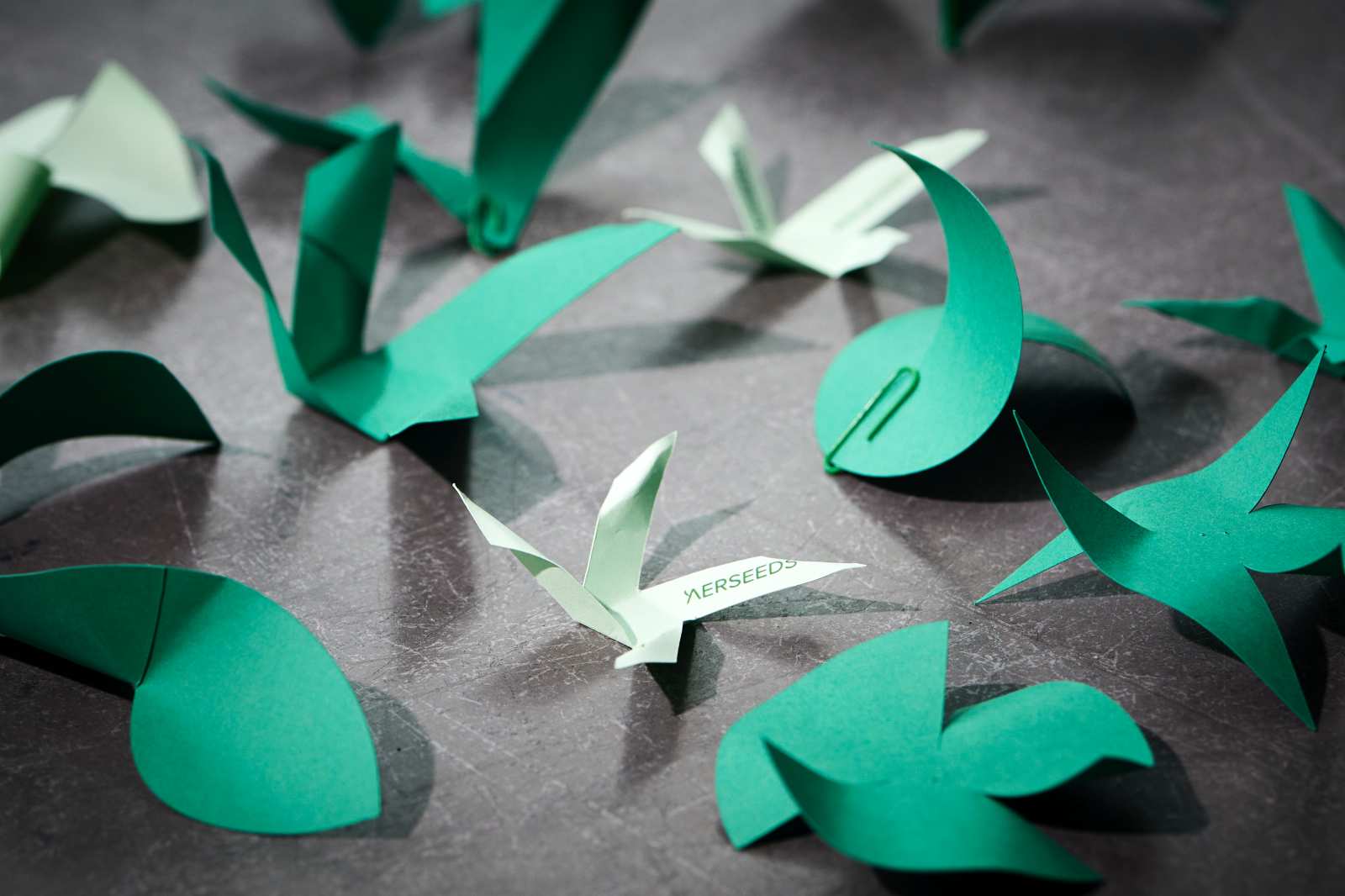
It can be difficult to navigate between so-called ‘green washing’ and design innovations that truly foster change and positive impact.
The first approach pushes towards consuming more and doesn’t really look at changing the system from within. Just by selecting an alternative or better-sourced material (for example, adopting recycled plastic or FSC-certified wood) is usually enough to call a design ‘sustainable’ when such processes should really be the norm.
A truly sustainable approach to design questions the whole process, from the hand that produces it and delivers it through to the product’s longevity and the way it can be repaired, reused or completely recycled. Generated from waste and/or designed to outlive its buyer, this definition of sustainable design looks into having a regenerative impact, offsetting what production takes away from the natural world and, sometimes, to create something that is better.
The following projects are some examples of truly regenerative design.
Brodie Neill, Material Consciousness
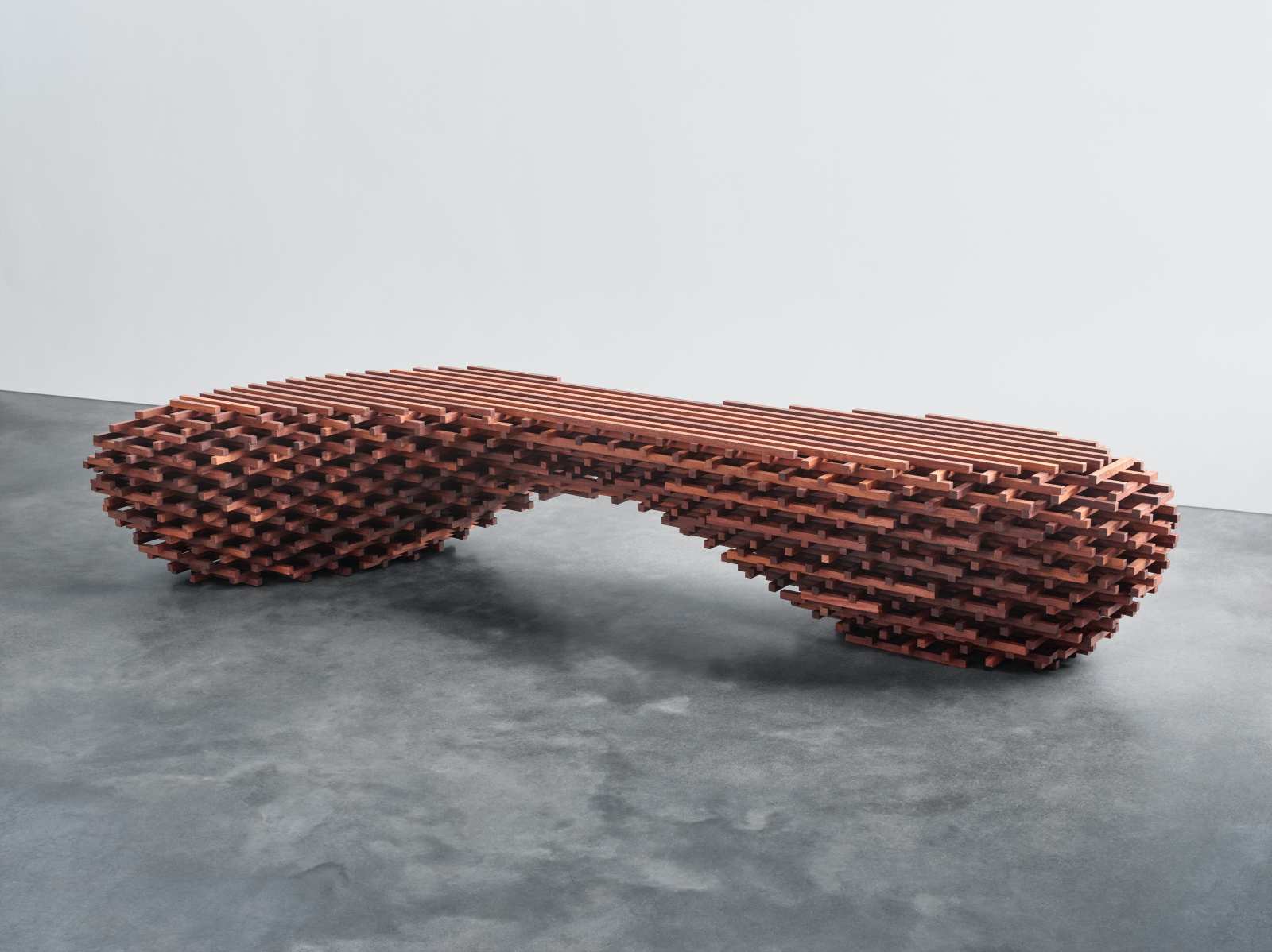
Presented at Sotheby’s London, London-based Australian designer Brodie Neill unveiled his new Material Consciousness collection this spring. Showcased as a triptych, the nine limited-edition pieces reveal Neill’s restless approach to material research. For over a decade, the designer has investigated materials to resolve complex issues of waste and the world’s finite resources. In 2016, Neill produced the critically acclaimed installation Plastic Effects for London Design Biennale, launching a Gyro table composed of thousands of ocean plastic fragments. Material Consciousness expresses Neill’s deep understanding of process and his desire to reshape the world’s most precious materials.
Elena Checci, specialist 20th century design at Sotheby’s London, says: “What is captivating about Neill’s work is his creation of beautifully crafted designs realised through the development of innovative processes. From salvaging, transforming and ennobling abandoned materials to plastic waste, recyclable metal and reclaimed wood.”
The nine limited-edition pieces are made out of Ocean Terrazzo, upcycled timber and recycled metals. Ocean Terrazzo was developed in collaboration with an international network of scientists, researchers, environmental experts, beachcombers, engineers, artisans and manufacturers. The terrazzo-like composite is made of reconstituted small fragments of plastic washed up on the shores around the globe.
The first trio is composed of the Gyro Second Wave, Jetsam and Flotsam tables. The second set of pieces (Torso side tables, Longitude bench and Altitude chair) is sculpted out of exotic hardwoods salvaged from demolitions: for example, a 60-year-old herringbone floor from a school or mahogany floorboards from a hospital. The last three pieces (Atmos console, Atmos desk and @Chair) explore the potential of stainless steel and bronze.
Royal College of Arts, Terra Carta Design Lab winners
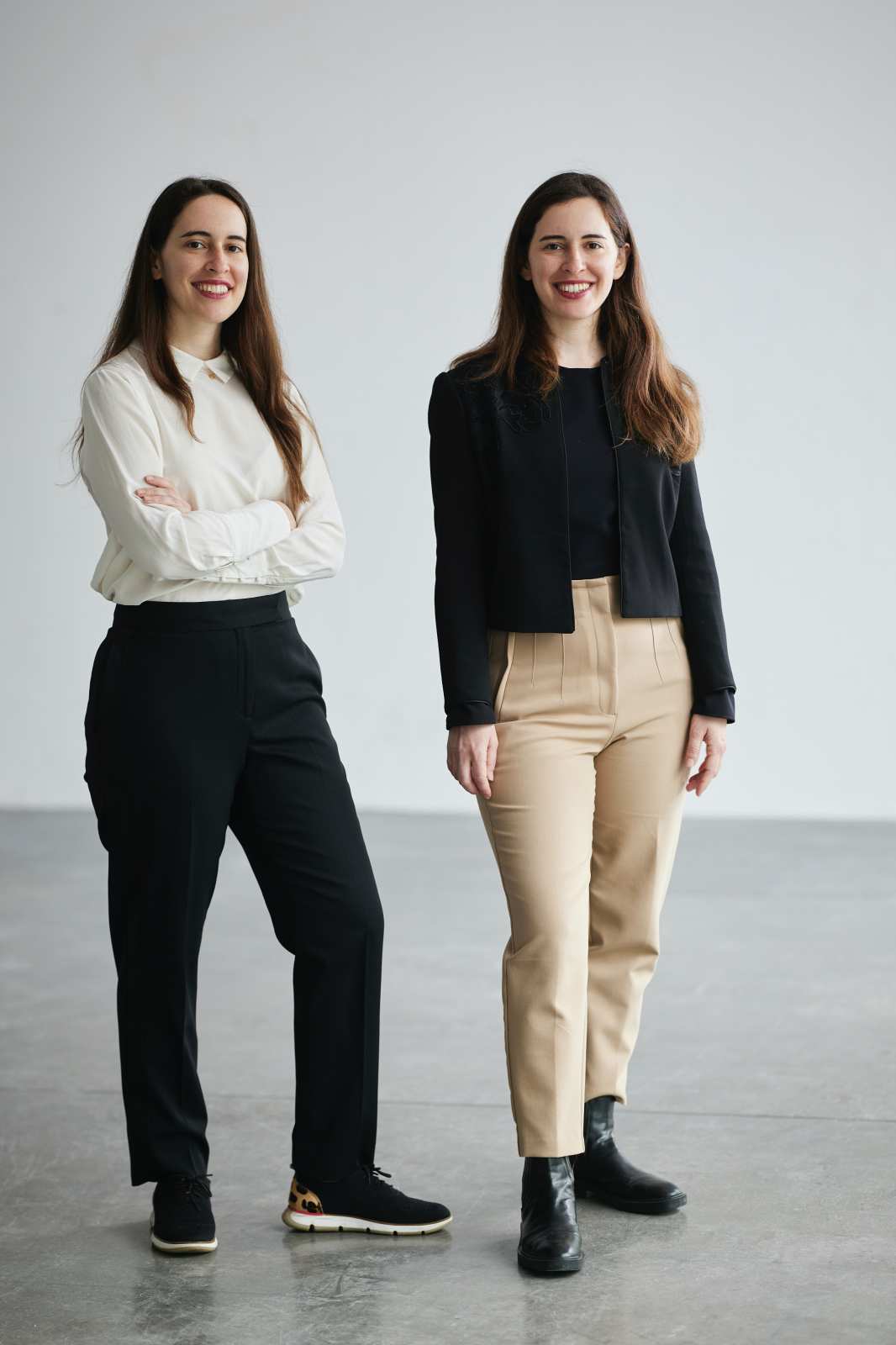
The Royal College of Art is collaborating with HRH The Prince of Wales’ Sustainable Markets Initiative to deliver the Terra Carta Design Lab, inviting students and recent alumni to develop credible and sustainable solutions to the climate crisis.
This year, the four winners of the Terra Carta Design Lab competition are: a wearable device for cows to reduce methane emissions; a clean-tech start-up spearheading the capture and monitoring of tyre wear (a greater source of pollution than car emissions); a recyclable and chemical-free outdoor performance textile; and aerodynamic seed pods made from food waste that can activate plant and tree restoration.
Called Aerseeds, the latter looks at deforestation and climate change in an innovative way. Founded by twin sisters Begum and Bike Ayaskan, they hope “Aerseeds will inspire people to bring nature into the centre of the discussion, and work with nature’s forces to find simpler solutions to climate change”.
Trees naturally absorb and store carbon dioxide but when forests are cleared, or even disturbed, they release carbon dioxide and other greenhouse gases. Today, forest loss and damage are the cause of around 10 percent of global warming, so reforestation and restoration are an important part of the fight against climate change. The sisters designed Aerseeds as aerodynamic nutrient and seed pods made from food waste that work with nature to accelerate regeneration. Mimicking natural processes, the pods are carried by the wind to cover large areas and reach difficult terrains, where they deliver nutrients and seeds to soils depleted by human activity.
www.rca.ac.uk/business/terra-carta-design-lab
Fernando Laposse, Totomoxtle/Dogs
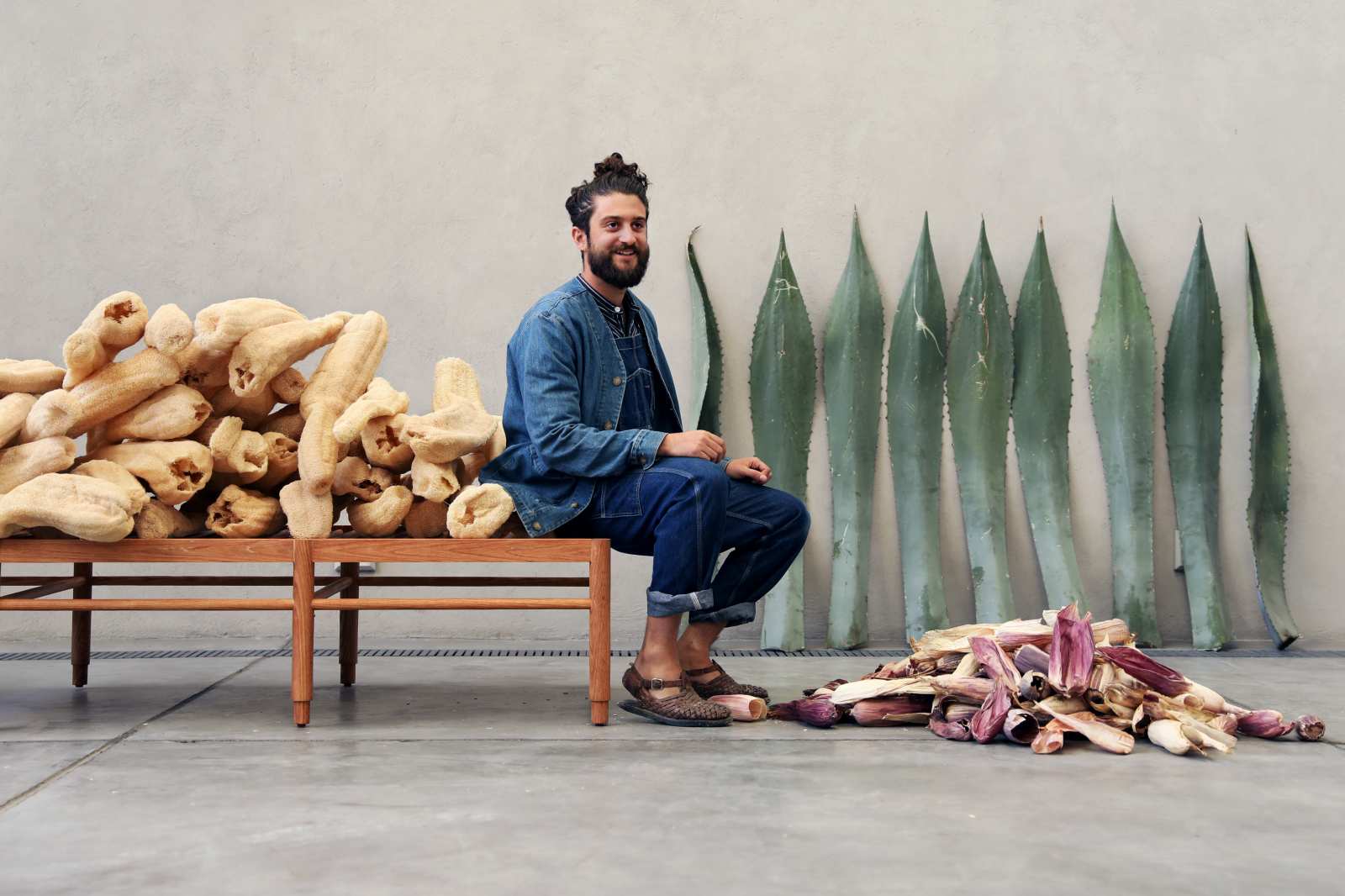
London-based Mexican designer Fernando Laposse develops objects and materials to have historical and cultural ties to a particular location. For example, Laposse often works with indigenous communities in his native Mexico to create local employment opportunities and raise awareness about the challenges such communities face in a globalised world: loss of biodiversity, community dissolution, migration and the negative impacts of global trade in local agriculture and food culture.
Totomoxtle is a new veneer material made with husks of heirloom Mexican corn. Ranging from deep purples to soft creams, Totomoxtle showcases the wealth of diversity of the native corns of Mexico, which are naturally colourful and essential for the rich gastronomy of the country. The project also focuses on regenerating traditional agricultural practices in Mexico and creating a new craft that generates income for impoverished farmers, promoting the preservation of biodiversity for future food security. Totomoxtle operates in partnership with the community of Tonahuixtla to reintroduce native seeds in the village and return to traditional agriculture. The husks collected from the harvest are now transformed by a group of local women into the veneering material, thus creating much needed local employment. This project exemplifies the power of design to transform, repair, and promote social cohesion.
The Dogs follow a similar approach. Benches are made with sisal, raw fibres from the leaves of the agave plant that are typically used to make ropes, carpets and fishing nets. Once a large industry in Mexico, the production of sisal came to a grinding halt after the invention of plastics. By replanting agaves to produce sisal, Laposse contributes to the fight against the erosion of soils. He harvests the plant to extract fibres and knot them by hand. “I hope this complete process can remind us that some answers to environmental challenges can be found in traditional crafts rather than exclusively in new technological discoveries,” says Laposse.
Maison Intègre Editions x Noé Duchaufour-Lawrance, Ateliers Courbet, New York
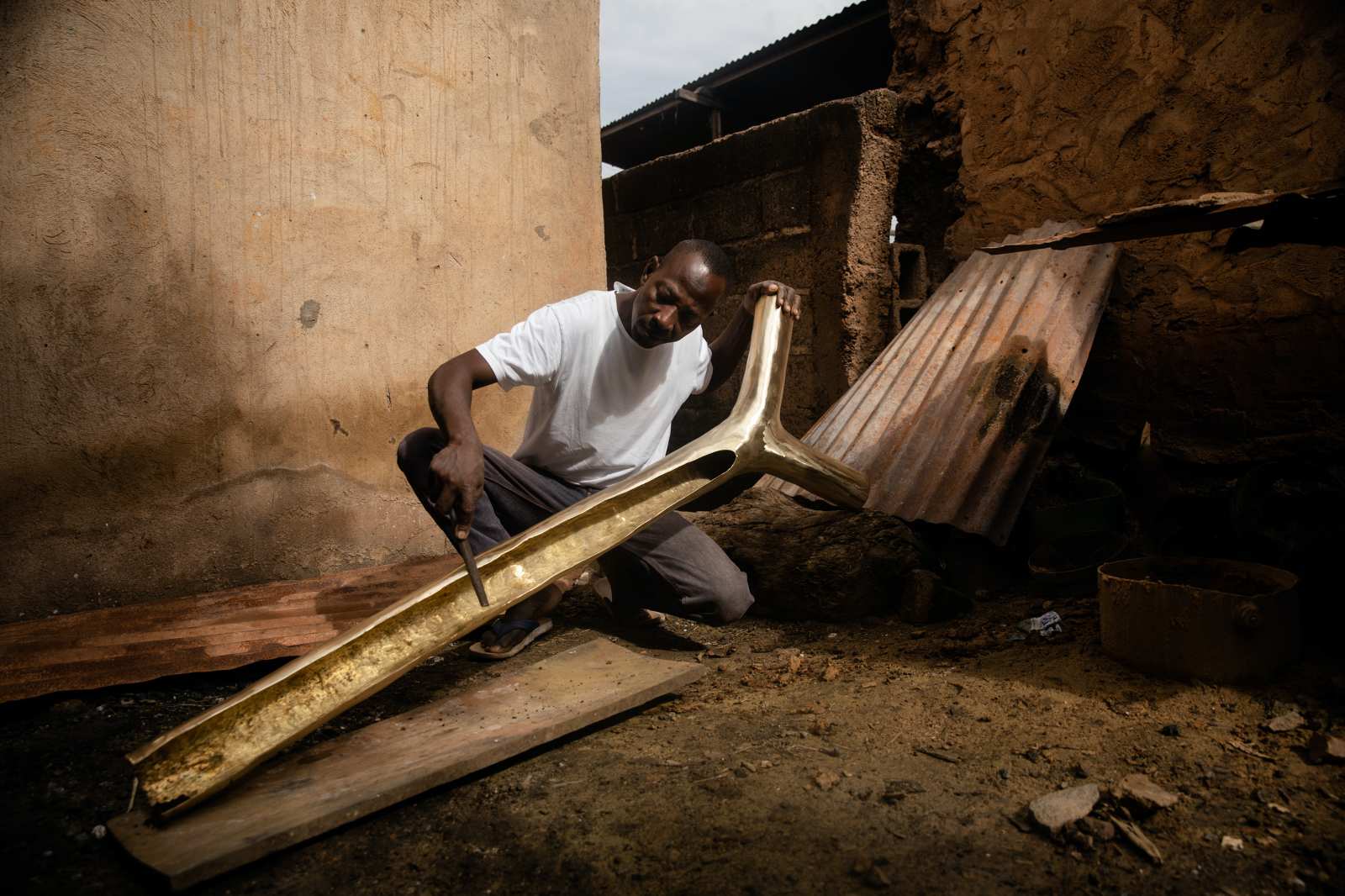
Based in Burkina Faso, Maison Intègre Editions has been committed since its inception to actively supporting and fostering the country’s craft legacy. Founded in 2017 by Ambre Jarno, Maison Intègre creates bronze objects based on the ancestral knowledge of lost wax. Hand-made in small series from recycled metals, each piece is sculpted in collaboration with Burkinabe bronzesmiths. From reinterpreting everyday Western African objects, Maison Intègre moved on to inviting designers or artists to imagine bronze design pieces. In 2022, Jarno even built a studio that supports 15 local artisans and their families.
French designer Noé Duchaufour-Lawrance spent time in Ouagadougou sculpting seven unique objects. Each draws inspiration from Burkina Faso’s vernacular architecture and archetypal forms, such as the Lobi Ladder he saw when visiting a Kassena village. Duchaufour-Lawrance also translated forms traditionally sculpted in wood or hand-formed in clay into bronze, an example being the Mask Sconce. Premiering at New York’s Ateliers Courbet, the collection is a perfect example of regenerative design in that it ‘repairs’ and highlights the essential links and craft techniques of a community.
“Everyday life in Burkina Faso is craft-based. You have to be creative, engage with makers and constantly find solutions. Everything is repurposed, repaired, and transformed with a natural grace, yet designs always remain essential and functional. Inclusive and community-based, this process is what drives Maison Intègre Editions today,” says Jarno.
This article originally appeared in Billionaire's Summer Issue, The Luminaries. To subscribe contact

